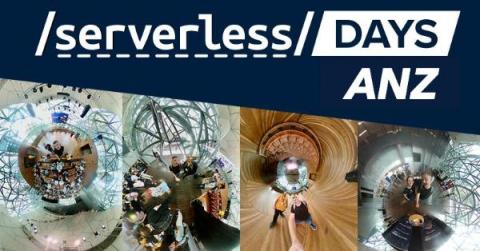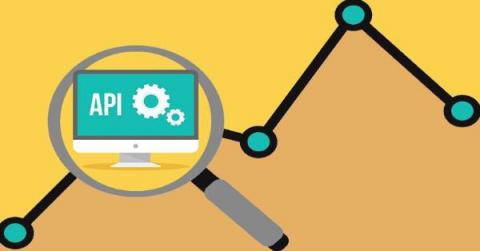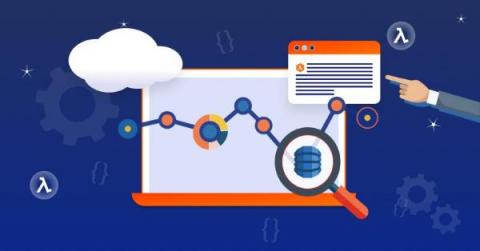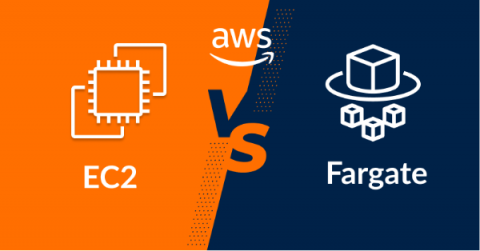Quantum Entangled Observability
As the world of technology continues to evolve, the demand for cutting-edge solutions to monitor and optimize system performance has never been higher. Today, we’re excited to introduce a revolutionary new concept in observability: Quantum Entangled Observability (QEO). This ground-breaking method leverages the peculiar properties of quantum mechanics to provide unparalleled insights into your systems’ inner workings.











